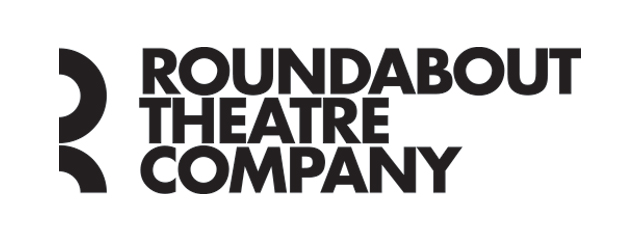Look Back at Mass Culture: Language and Culture of Britain in the 1950s
January 12th, 2012
The 1950s marked a shift in British culture; the early ‘50s laid the groundwork for this watershed period, but these changes in society were not evident until the end of the decade.
The End of High Culture
In the wake of World War II, England was caught between two cultures: the old order and a vision of what was in store for the future of British society. Class distinctions remained,but government reforms began to slowly blur the lines between the upper and middle classes.
High culture, such as classical music, opera, theatre, and fine art, had been accessible only to the upper class. But when the Conservative Party won the 1951 election, their slogan “Set the People Free,” signaled a shift from state control to individual freedom and spurred drastic changes in culture. Traditional entertainment became enjoyable, affordable, and accessible to a new audience through radio, movies, and television. Jazz and rock-a-billy music became popular in music halls, which were turned into dance halls or torn down entirely. This new music pushed out the older audiences and made way for a new, younger audience.
Beginning of Mass Culture
Entering into the 1950s, the British felt freer, more affluent, and eager to escape the rigidity of the past. They questioned and ridiculed the cultural conventions from before and during the war. Jazz, rock-n-roll, new movies, and television became known as the “mass culture” and were slowly accepted by the upper class. New technologies propelled Britain even further. In 1953, the television broadcast of Queen Elizabeth II’s coronation increased TV sales, and the deregulation of television in 1954 opened England to the influence of American pop culture. Brits could now see how Americans were living in their economic boom.
Rise of Americanization and Youth Culture
As the economy improved for the British, consumers began to spend more on luxury items. By the end of the ‘50s, each home was equipped with a television, refrigerator, car, washer, new radio, and records. American entertainment could be seen all over Britain, with movies such as Blackboard Jungle and Rock Around the Clock and music of Elvis Presley and Bill Haley.
Elvis Presley signing autographs for young fans
British youth focused on clothes and music, taking their cues from American television and music styles. The British teenager became a part of the economy—a large consumer of records, clothes, and other lavish items. As British youth took on their own identity, they looked for new places to hang out: emerging coffee bars and “greasy spoon” cafes fed the demands of this new population. A new style emerged from the combination of American and British influences. British teenagers no longer dressed the same as their parents; they could now afford their own style.
Birth of the Kitchen Sink Drama
The postwar British theatre did not reflect the majority of the population. “Drawing room plays” and “well-made plays” dominated the stage and focused on the wealthy upper class. As British culture responded to societal changes, government reform, Americanization, and mass culture, the theatre also began to adapt.
The Royal Court Theatre opened in 1956 with Look Back in Anger as its first production. Artistic Director George Devine believed that the play “captured the anger and frustration of the younger generation in the 1950s.” As the Royal Court established itself, its plays “challenged the social and political conventions of the time, pushing the boundaries of what was acceptable.” Through these artistic ventures, the Royal Court established itself as Britain’s first National Theatre Company and helped abolish censorship of British theatre.
Original poster for 'Look Back in Anger' at The Royal Court Theatre, 1956
Videos


